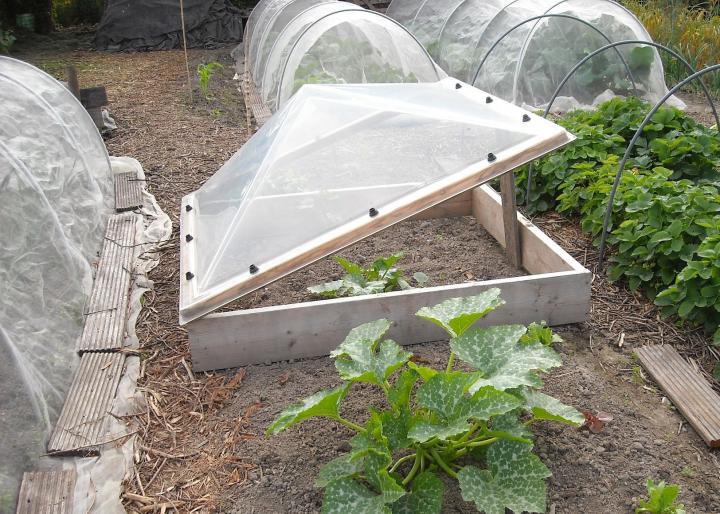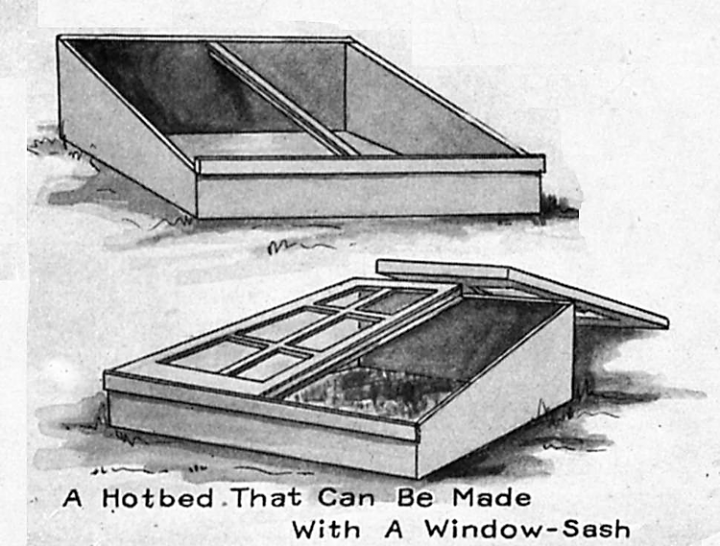
Use Cold Frames to Get a Headstart This Spring!
For really easy covers, I use the plastic boxes from lettuce. I then anchor them with a rock. Very easy if you have no building skills. You can keep them on easily. If it's really cold, you can cover all of them with a large sheet of plastic. I save the boxes all winter. Another trick I did last year, was use half an eggshell filled with seed mix. I planted the tomato seeds in this, put them directly in the ground and covered them with a box. Had great tomatoes, even though I planted in late May. Protected them from a late frost and I didn't have to transplant. So no shock to the plants. Like little mini greenhouses. Put the drip line to each one.
Excellent suggestion!!! I'm going to save my lettuce boxes!
had to replace my bath tub back in 20 use it this year to grow potatoes it worked great except i didn't get it in enough. sun this year I will should make a great hot bed this fall
I use straw bales for the walls and 2 recycled windows for top and front. Stack and go. The straw provides great insulation and becomes soil additive at end of season (I have horrid clay soil). I can even plant the tops of the bales also. Love your videos!!
I made a frame using cpvc pipe and covered it with plastic sheeting, attached it to the south side of my garage. I just harvested some spinach Thursday, the 14th of January in northeaster Ohio. I have lettuce growing in there also. Radishes are still alive, but not really growing. I have about 6 bottles filled with water inside to help hold the heat during the night. Pat
Where can I buy the pyramid lid with 3 rivets on each side in the second picture? What is it called?
Watch out using old window sash. It's great to repurpose and reuse old building materials BUT old painted window sash or old storm door inserts may have accumulated many layers of lead paint that will then chalk off and flake off in your garden beds. Much better to use cast off aluminum triple track storm window inserts...and with only the narrow aluminum edge glazing they let in more light. And they are much lighter to handle. Never painted=no lead.
can you use thermal pane windows for a cold frame top
Sure. They still let in plenty of light and heat. Orient your bed to enhance or minimize the sun angle as needed. Set it up temporarily and check temps for a few days of various weather conditions. You can put jugs of water inside for radiant warmth through night. I use recycled red bricks as heat sinks also. Or add a light shade cloth/screen over during afternoon. Also vent out heat as needed.
All of our sources indicate that it is not recommended. Instead, use glass, twin layers of plastic film, fiberglass, Plexiglass® or other translucent material. But if you do it and it works, let us know.










